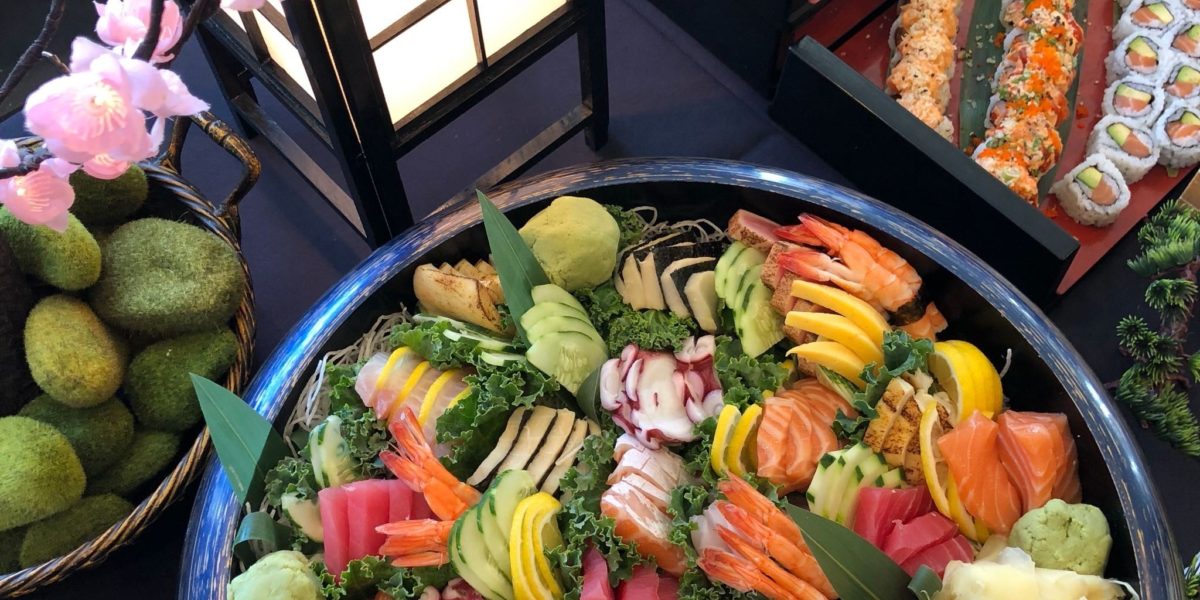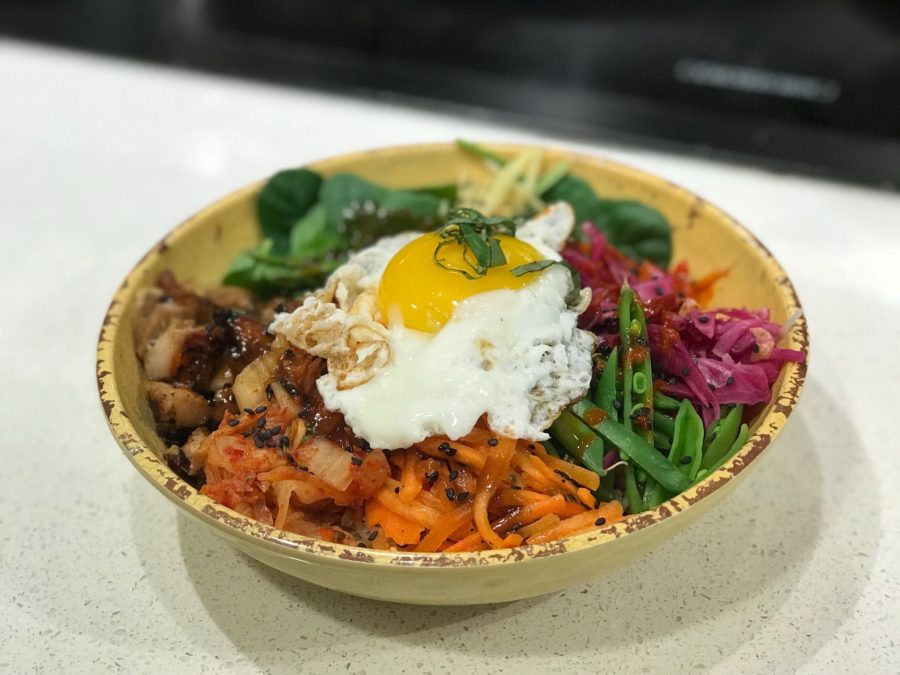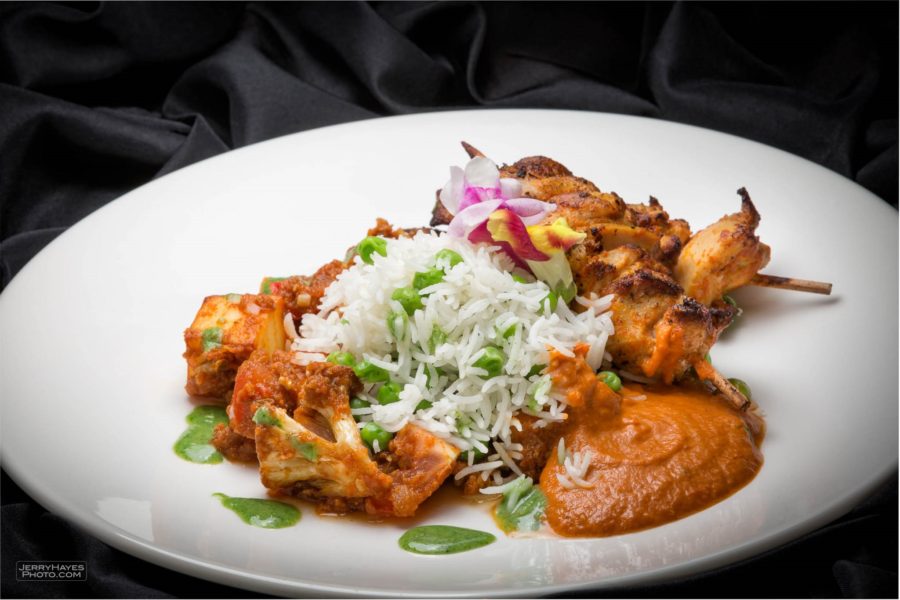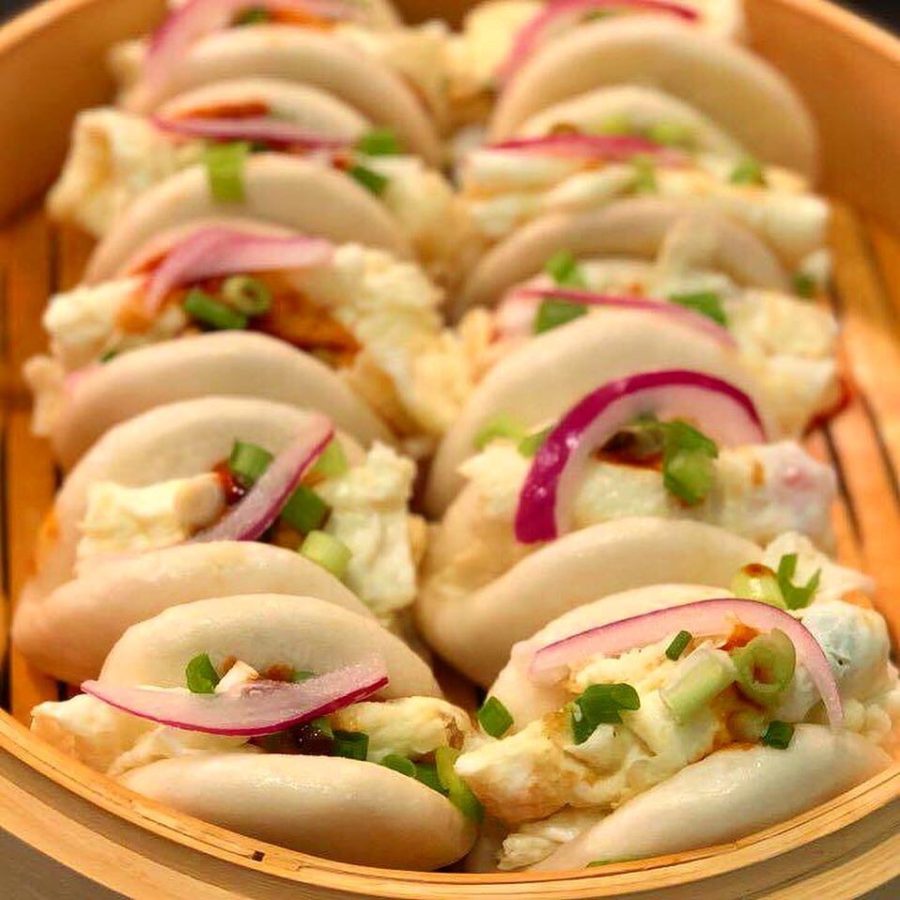
Debunking Common Asian Food Myths
May is Asian American Pacific Islander (AAPI) Heritage Month, a time to celebrate the immense contributions from throughout the AAPI community and the tremendous impact and influence this community has had on American culture.
When it comes to Asian food culture, our basic assumptions about slurping ramen and eating with chopsticks are misguided at best. This AAPI Heritage Month, let us help debunk a few common food myths from throughout the Asian diaspora.

Myth: Fortune cookies are a Chinese dessert.
Fact: The history of American’s favorite “Chinese” dessert is greatly debated, but all history records show this crispy cookie was invented in none other than San Francisco. Inspired by Japanese pastries made of sesame and miso called tsujiura senbei, Japanese baker Benkyodo Co. was the main supplier of fortune cookies until World War II forced Japanese-Americans into internment camps, at which point the Chinese-Americans began making their own fortune cookies — and the rest is history.
Myth: General Tso's Chicken was named for a famous Chinese general.
Fact: When United States Navy Admiral Arthur W. Radford visited Taiwan, Chef Peng Chang-kuei prepared for the state banquet with a new dish consisting of chicken and chilies, naming it for General Zuo Zongtang. This original iteration of General Tso's Chicken is a lot different than what we see today.
Peng’s chicken dish inspired a chef living in New York City, who adapted the recipe for his own restaurant in 1972, adding a sweetness and crispier batter to the chicken dish we know today.

Myth: All Indian food is vegetarian.
Fact: One of the biggest myths about Indian cuisine is that it’s all vegetarian. Recent government surveys debunk this entirely with only 23-27% of the population identifying as vegetarian or vegan. Depending on which culinary region of India you’re exploring, you might try Kerala Spicy Pork Vindaloo, Goan Fish Curry, or seafood Jhinga Nisha.
Myth: Ginger is a sushi garnish.
Fact: Draping a slice of ginger over your sushi is a huge faux pas. The pickled ginger that comes with your sushi is really meant as a palate cleanser to be consumed between dishes!
Enjoy a bite of ginger between different pieces of sushi allows you to distinguish the distinct flavors of each fish.

Myth: All chopsticks are made equal.
Fact: Chopsticks are as unique as every other utensil in your silverware drawer, they vary in size, material, and uses. For example, in China chopsticks tend to be longer and thicker; in Japan, chopsticks are shorter and have tapered tips; and in Nepal, chopsticks are typically made of bamboo.
And not all Asian countries use chopsticks as their primary utensil. In some countries like the Philippines and Thailand, the most common utensils to eat with is a fork.
This Asian American Pacific Islander Heritage Month, check out some of these Asian-inspired recipes that take a FLIK twist on classic dishes:
- Soba Noodle, Kimchi, Cucumber Salad
- Malaysian Stir-Fried Turmeric Chicken
- Brown Rice Congee, Egg, Roasted Mushrooms
- Asian Tofu Salad, Golden Beet, Ginger, Turmeric Vinaigrette
- Tofu Cucumber Banh Mi
+++
At FLIK Hospitality Group we believe in great food, great service, and great people. Our wellness first approach ensures our food supports healthy and delicious choices, specially curated by our team of culinary experts and registered dietitians. At FLIK, we believe in seasonality in sourcing our ingredients and providing a customized approach to the culinary and hospitality needs of each client. Our dedication to providing quality hospitality service is unparalleled in the industry.
Have feedback or questions for our team? Email us at flikblog@compass-usa.com.
Interested in working with us? Apply today!